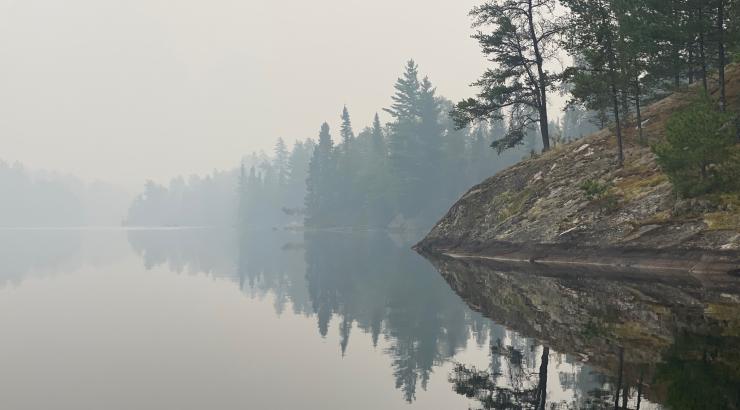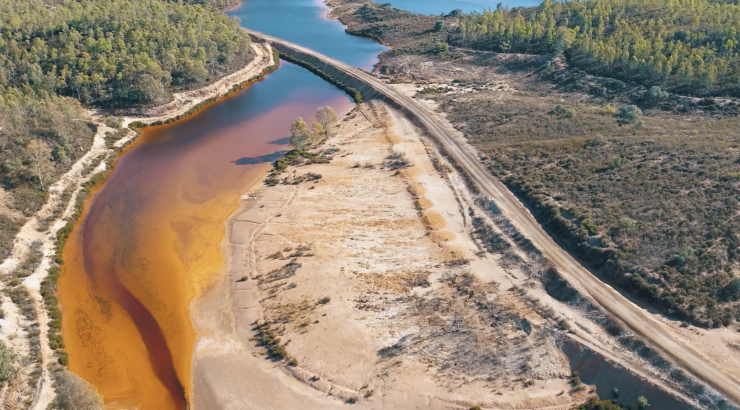On Wednesday, Jan. 27, 2021, President Biden signed an Executive Order focused on addressing climate change in all relevant work of the federal government. For the Boundary Waters, a key component of the Executive Order is the mandate to achieve permanent protection of 30 percent of America’s lands and adjacent oceans by 2030. This goal is intended to simultaneously help address climate resilience, slow the species extinction crisis and support maintenance of native biological diversity. This is an opportunity for permanent protection of the Boundary Waters - a critical element for biodiversity conservation and climate change adaptation.
While the Boundary Waters currently has a high level of protection through its designation as a federal Wilderness, it is still extremely vulnerable to degradation from outside influences. Since it is a water-rich ecosystem, pollution from sulfide-ore mining anywhere within its watershed will cause irreparable damage for centuries to come. Further, while the adjacent Superior National Forest has basic protections from private exploitation, it is subject to devastation that would result from sulfide-ore copper mining. Destruction of boreal forests and massive pollution of aquatic habitats and interconnected lakes results directly in the emission of greenhouse gases and the loss of climate change resilience.
A key part of fulfilling the ‘whole-of-government’ approach to the climate crisis should include development of specific actions by federal land management agencies to determine which public lands should be completely protected from mining, drilling and other detrimental development. Protecting and preserving Minnesota's Boundary Waters Wilderness and the surrounding boreal forest ecosystem from sulfide-ore copper mining is an important part of a national climate solution.
An important first step will be for the U.S. Forest Service to request a mineral withdrawal (or a mining ban) of all federal lands and minerals on Superior National Forest lands in the watershed of the Boundary Waters. Such a request would trigger an environmental review of the proposed mineral withdrawal (mining ban), and the risks that sulfide-ore copper mining would pose to the Superior National Forest, the Boundary Waters Wilderness, and downstream lands and waters. The Forest Service made such a request in early 2017, after concluding that the renewal of two federal mineral leases in this location would pose an unacceptable risk of harm to the Boundary Waters Wilderness. The environmental review based on the 2017 request was abruptly halted by Agriculture Secretary Sonny Perdue in September 2018, after more than 181,000 people submitted comments (98% supported a ban) and dozens of ecological and economic reports had been received by the Forest Service. A new request would allow the environmental review to continue to completion, and provide the scientific basis for a decision by the Secretary of Interior on the request for a twenty-year mining ban.
The recent Executive Order is wide-reaching, visionary and critically needed. Permanent protection of the Boundary Waters fits squarely into the intended actions of the Order. An important first step will be the initiation of a request for a twenty-year mineral withdrawal and an environmental review of the proposed ban.
Be sure to stay connected with the Campaign and follow us as we help ensure this step - and the ultimate protection of the Boundary Waters Wilderness - is quickly initiated and comprehensively addressed.
Want even more information? Watch the hour-long Campaign webinar here from January 29, 2021 with Becky Rom, Board Chair, Tom Landwehr, Executive Director, Matt Norton, Science and Policy Director, and Alex Falconer, Government Relations Director.



